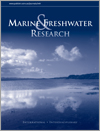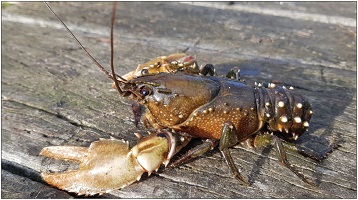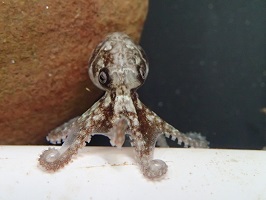MF22276Regional differences in the air–sea CO2 flux between 3 and 14°S in the south-western tropical Atlantic
The carbon dioxide (CO2) concentration of surface seawater was measured from 2008 to 2020 in the south-western tropical Atlantic (SWTA) by volunteer merchant ships equipped with an autonomous system that measures CO2 while the vessels were underway. The study area is influenced by the seasonal variability in the main marine currents of the region, and the tropical meteorological system. The SWTA is as a large source of CO2 to the atmosphere, and further studies in this important area of global climate change are needed.








